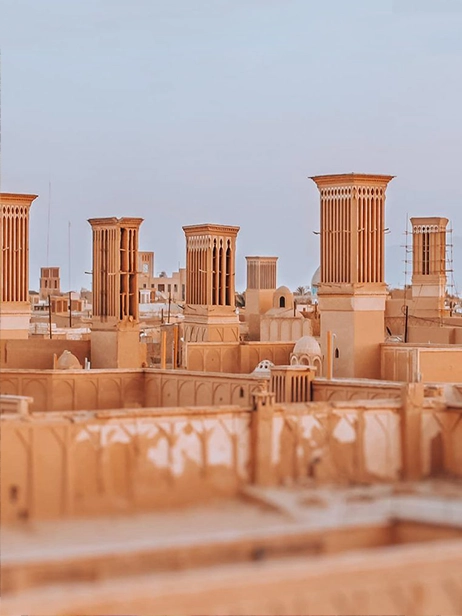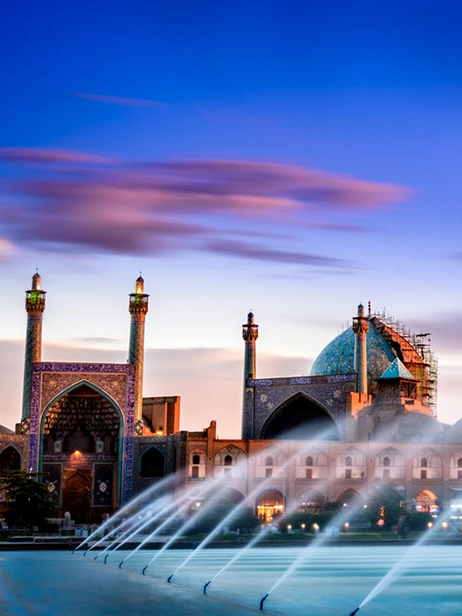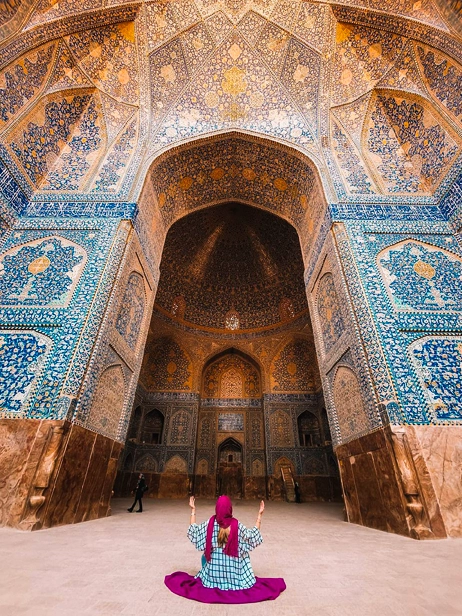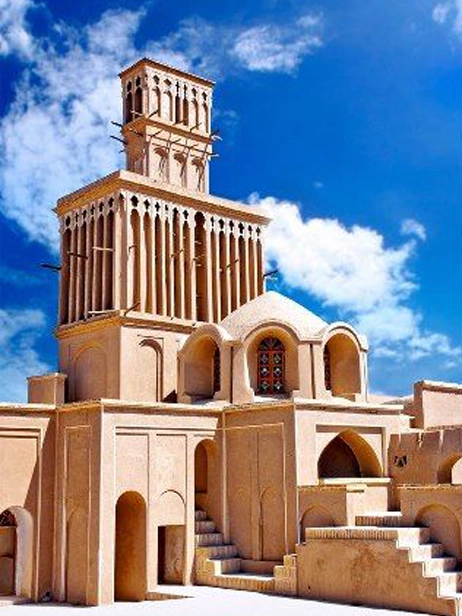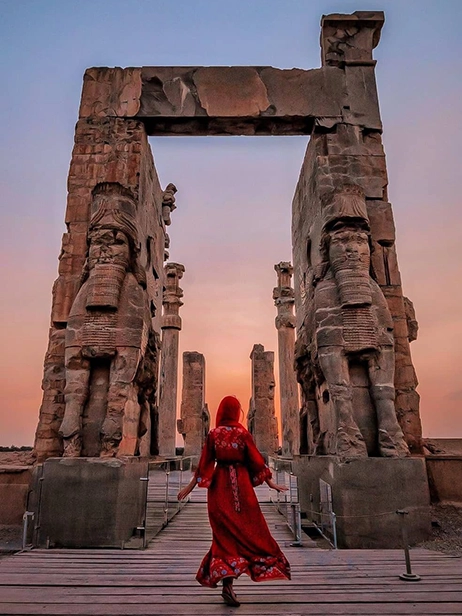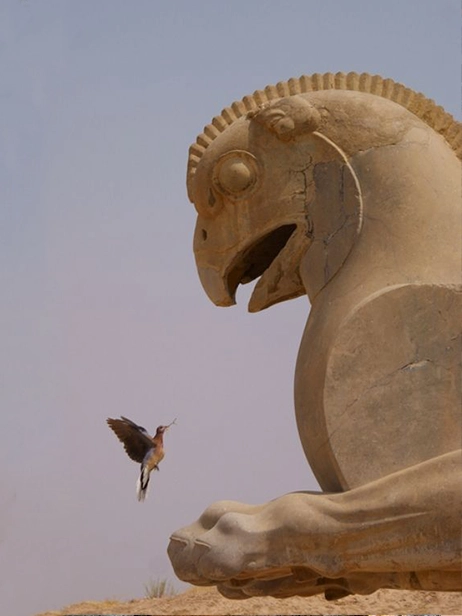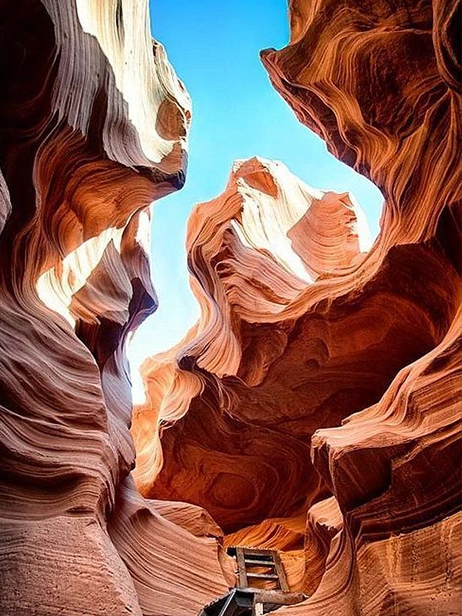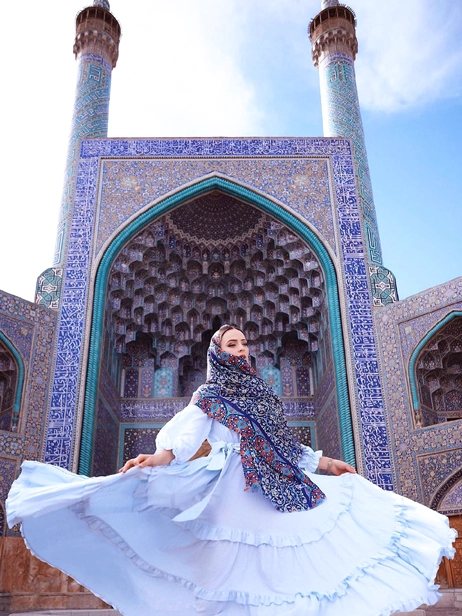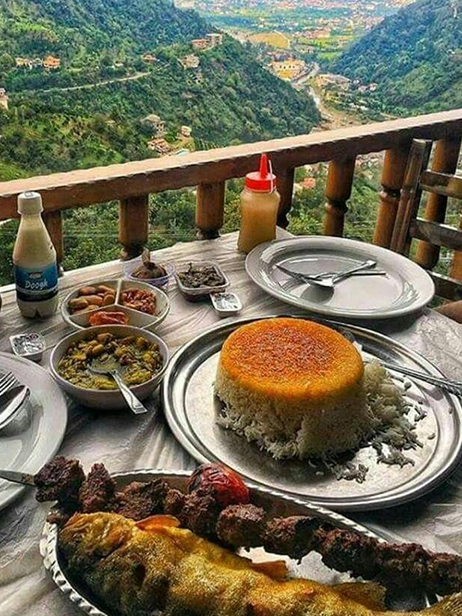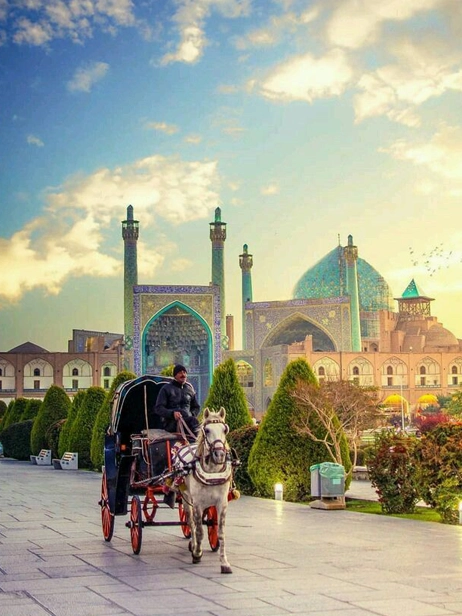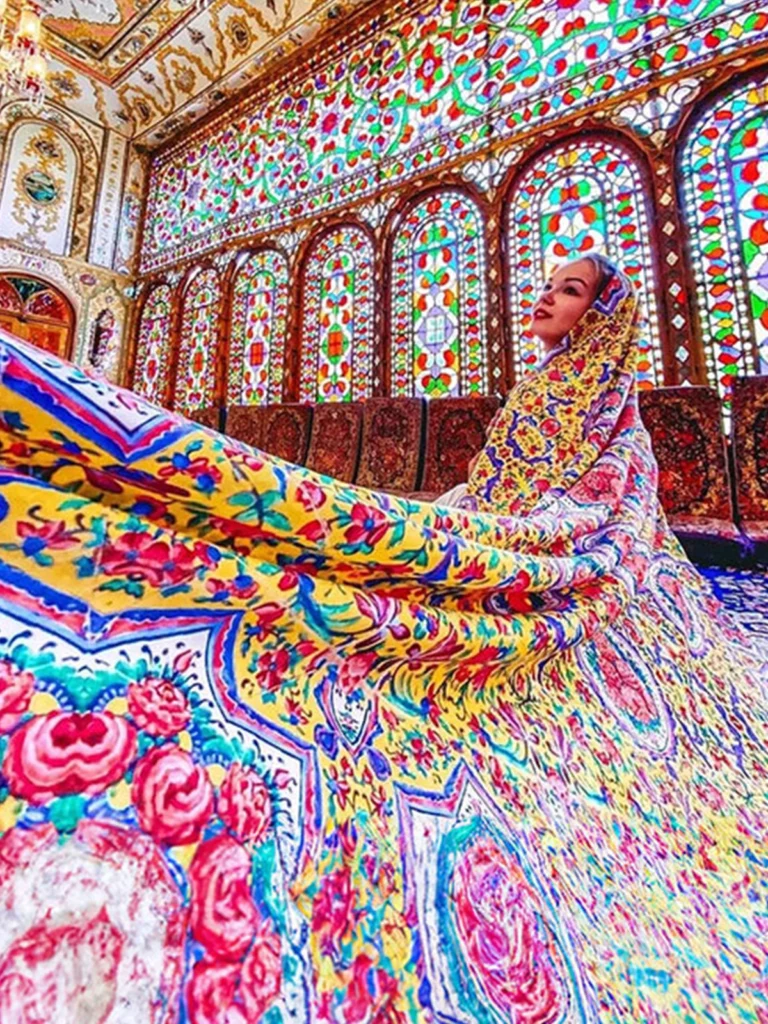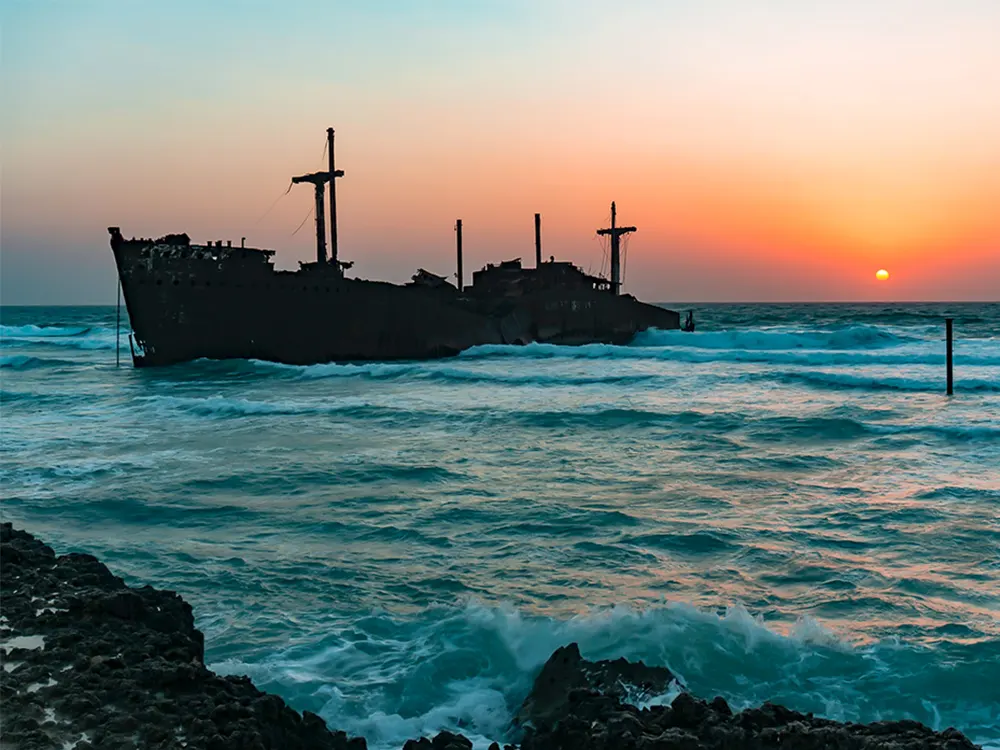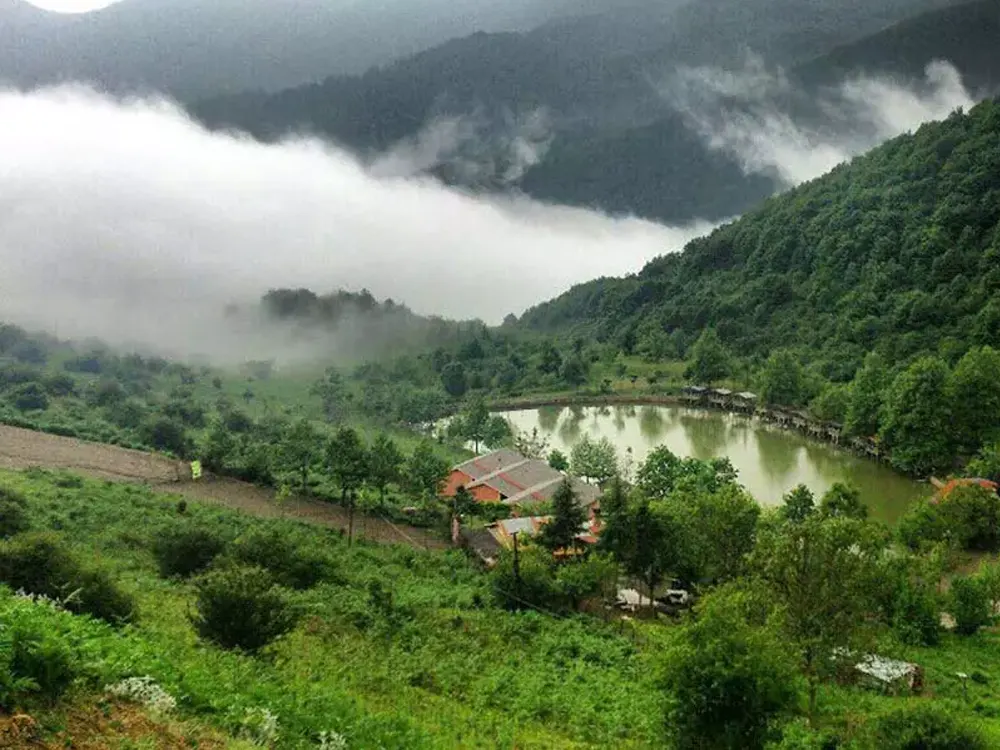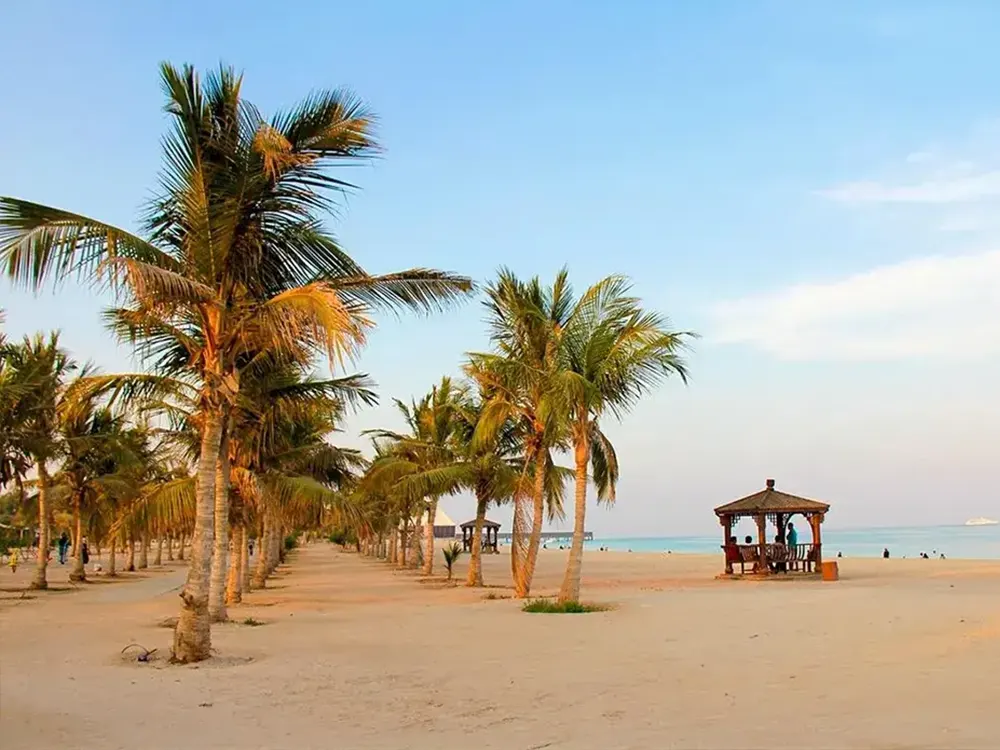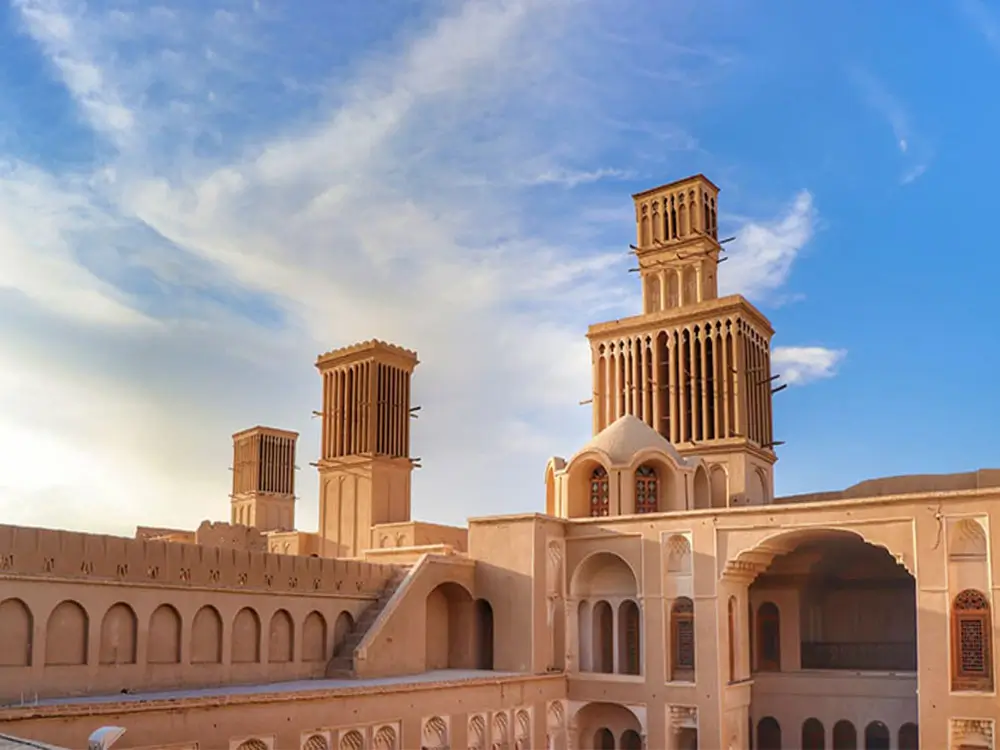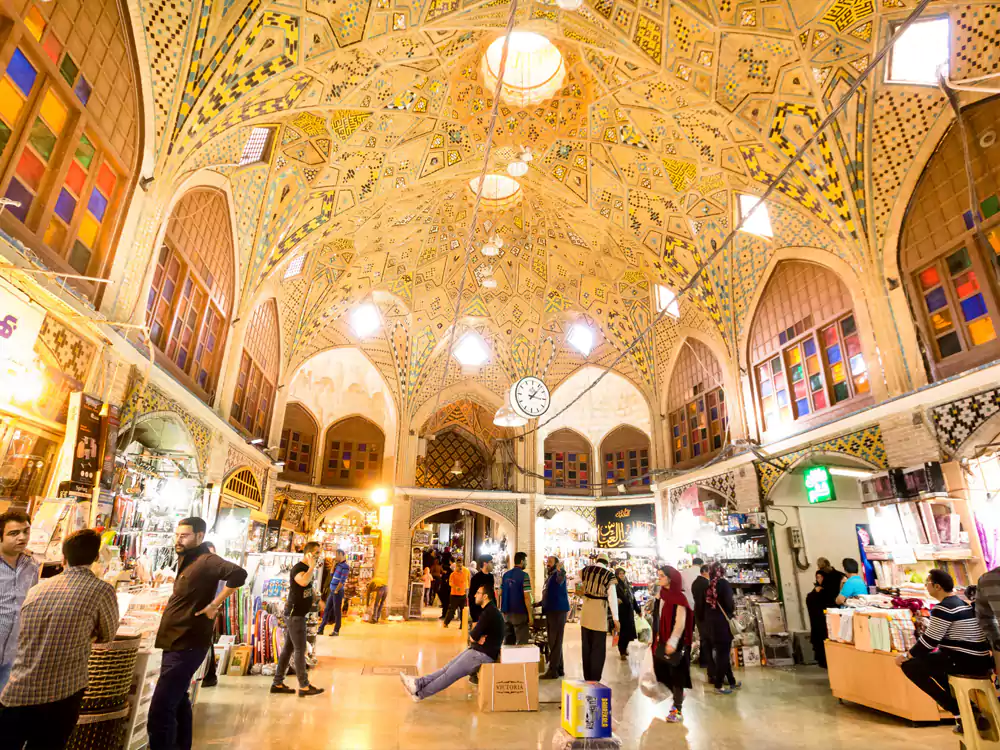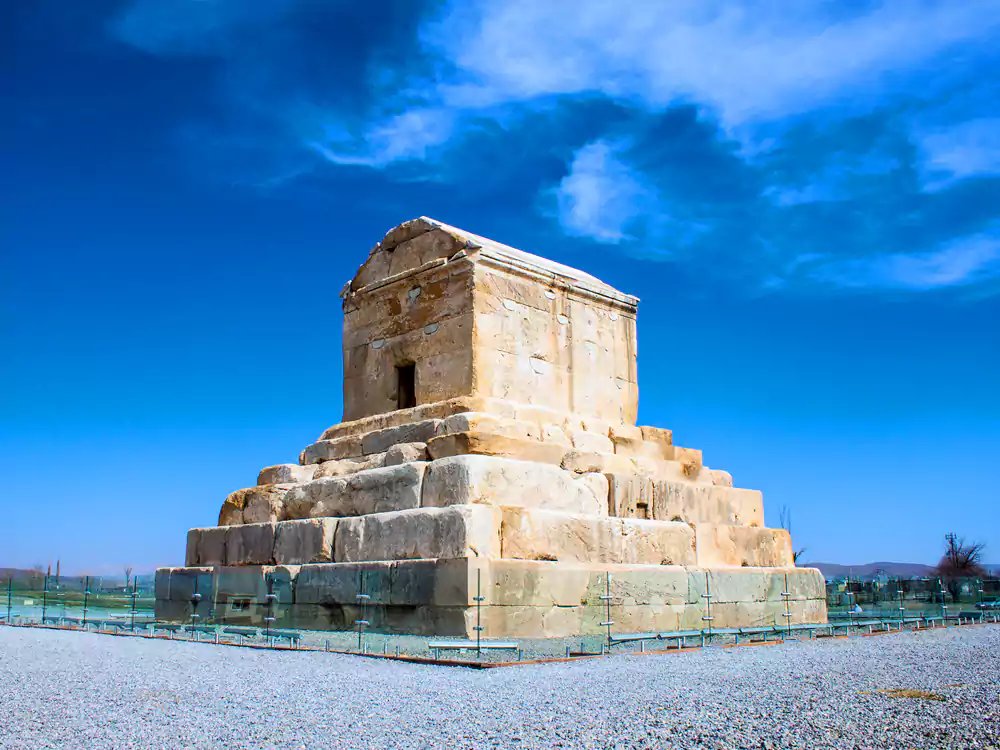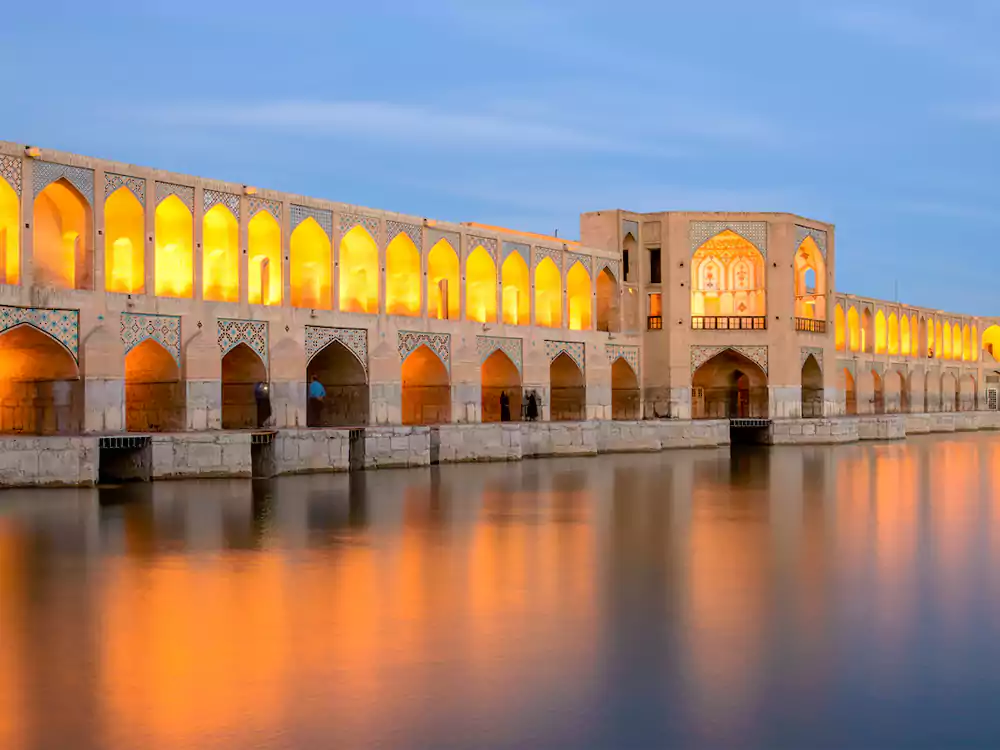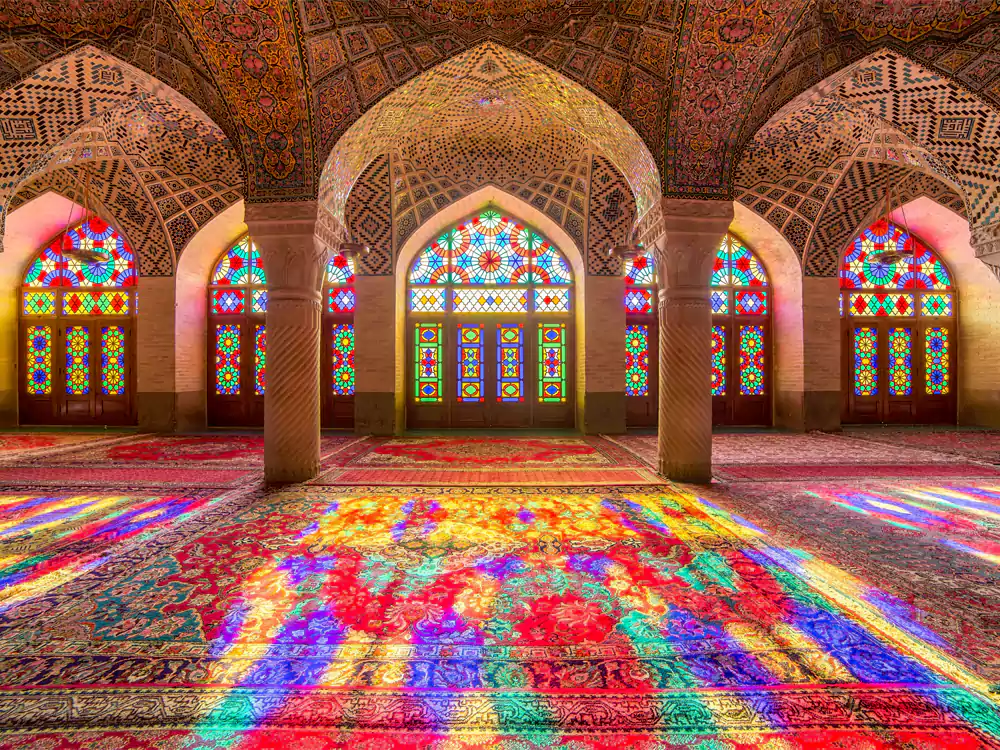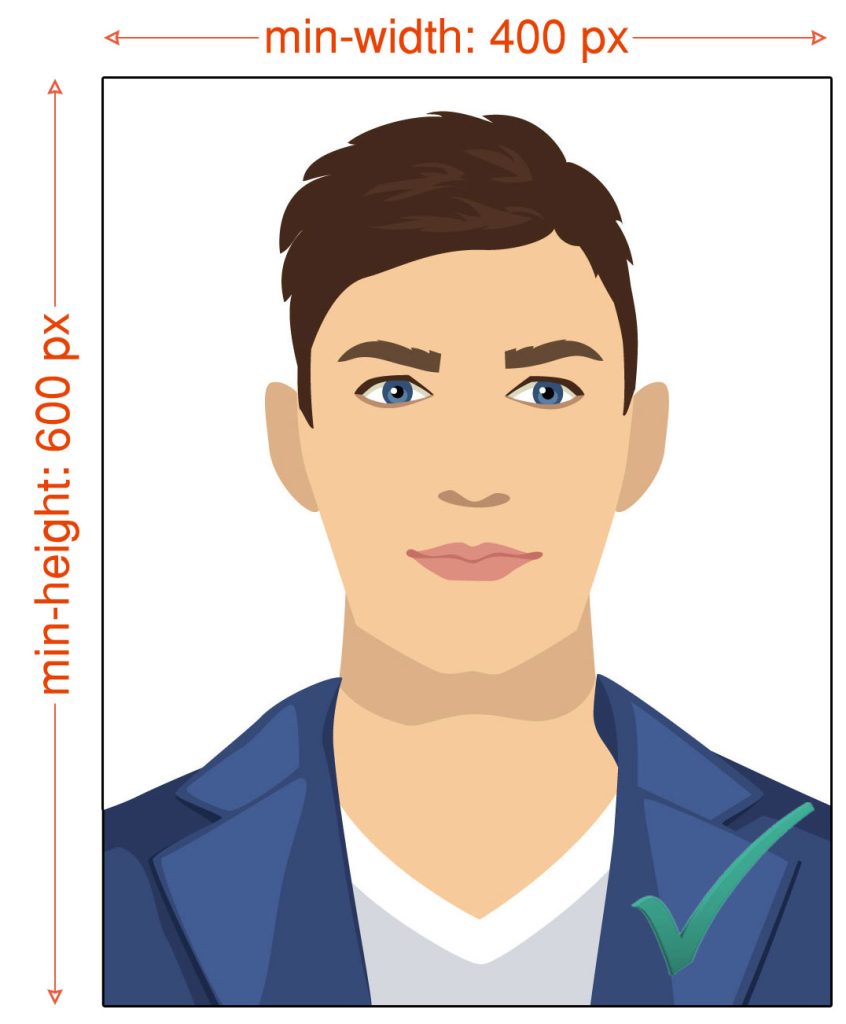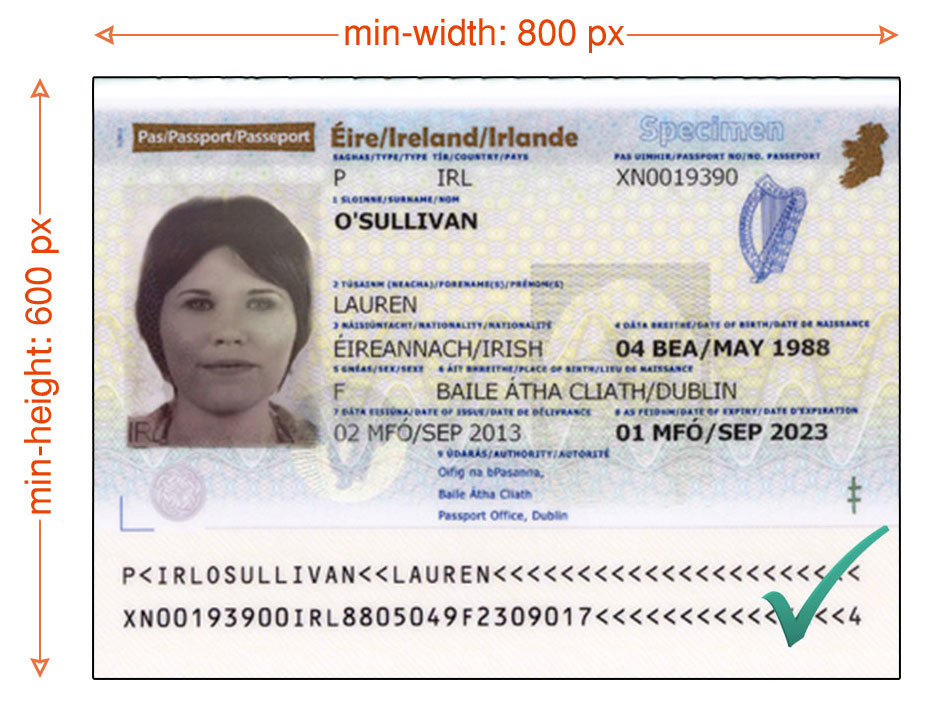The Grand Bazaar Tehran, a maze of history and culture, offers a unique experience beyond mere shopping. It’s a place where every alley and turn presents a discovery, blending the traditional with the modern in an enchanting dance.
In this article, we explore the Grand Bazaar Tehran, from its rich history that weaves through the fabric of Iran’s past to its bustling present, where culture, commerce, and craftsmanship converge. We’ll guide you through its labyrinth of shops, showcasing an array of goods from traditional Persian crafts to modern products, and provide essential tips on quickly navigating its complex layout.
Prepare to be captivated by the Grand Bazaar Tehran, brought to you by MabnaTrip, where each visit is not just a shopping trip but a step into a story that spans centuries.
Grand Bazaar Tehran History
The Grand Bazaar Tehran, a magnificent symbol of Iran’s rich heritage, is a testament to the country’s deep historical roots and cultural evolution. This bustling market, often referred to as Bazaar-e Bozorg, is not just a shopping destination but a vibrant tapestry of Iranian history woven through centuries.
Origins and Construction
The origins of the Grand Bazaar Tehran trace back to the Safavid era in the 16th century. Initially, the bazaar began as a small market but gradually expanded as Tehran grew in prominence and size. Over time, it evolved into a sprawling hub of commerce and social interaction.
Architectural Evolution
Today’s bazaar is primarily attributed to developments during the Qajar dynasty in the 19th century. During this period, the bazaar underwent significant expansions and renovations, which helped shape its current structure. The intricate designs, domed ceilings, and labyrinth of lanes reflect a blend of architectural styles from different eras, each adding to the bazaar’s unique character.
Timeline of key milestones in the history of Grand Bazaar Tehran:
Foundation
Renovation
Expansion
Modernization
Grand Bazaar Tehran Shops
The Grand Bazaar Tehran, an iconic market steeped in history, offers a kaleidoscope of traditional and modern shopping experiences. This bustling hub is not just a place to buy; it’s a cultural journey.
Traditional Goods and Crafts
- Handmade textiles, each piece a reflection of Iran’s diverse cultural tapestry.
- Artisanal pottery showcasing unique designs that speak volumes of Iran’s artistic heritage.
- Exquisite handicrafts, from intricate miniatures to detailed metalwork, each telling its own story.
Carpets and Textiles
- Persian carpets are the epitome of artistic expression and meticulous craftsmanship. These rugs, known for their intricate designs and vibrant colors, are more than just floor coverings; they are pieces of Iran’s soul.
- Textiles, ranging from luxurious silks to rich kinds of cotton, each bearing traditional patterns and motifs, weaving a narrative of Iran’s historical and cultural journey.
Spice and Herb Markets
- Exotic spices, from saffron to sumac, add a distinct flavor to Iranian cuisine.
- Various herbs, essential in preparing traditional dishes, represent the essence of Iranian culinary art.
Jewelry and Handicrafts
- Traditional Persian jewelry, ranging from elaborate gold pieces to intricate silverwork, reflects the grandeur of Iran’s royal heritage.
- Modern designs blend contemporary aesthetics with traditional motifs, offering something for every taste and occasion.
Modern Products
- Fashionable clothing and accessories, blending Iranian styles with modern trends.
- Electronic gadgets and appliances cater to the needs of the modern shopper.
Overview of traditional items available at Grand Bazaar Tehran.
Item Type | Item Type | Description |
|---|---|---|
Persian Rugs | Handwoven, intricate designs | Various regions in Iran |
Pottery | Traditional Iranian pottery with unique designs | Local artisans |
Textiles | Handmade textiles with traditional patterns | Various regions in Iran |
Handicrafts | The diverse range of Iranian handicrafts | Local craftsmen |
Jewelry | Traditional and modern Persian jewelry | Local artisans |
Grand Bazaar Tehran Opening Days
The Grand Bazaar Tehran, a bustling hub in the heart of Iran’s vibrant capital, welcomes visitors on specific days of the week.
Understanding its opening days is key to planning a seamless visit to this historic market.
General Opening Days and Closed Days
- Open Days: The Grand Bazaar is typically open from Saturday to Thursday. Each day offers a unique glimpse into the life of this busy bazaar.
- Closed Days: Fridays are usually the day of rest, when the bazaar shuts down, giving both shopkeepers and visitors a break. Additionally, the bazaar might be closed on national holidays or have reduced hours.
Visitors should note that some shops within the bazaar might have their opening schedules, especially in guest houses and smaller alleys.
Grand Bazaar Tehran Opening Hours
- Morning to Afternoon: The bazaar generally opens around 9:00 AM. The morning hours are less crowded, making it an ideal time for visitors to explore leisurely.
- Afternoon to Evening: As the day progresses, the bazaar gets busier, with peak hours usually in the early afternoon. It’s the best time to experience the bazaar’s vibrant atmosphere.
Peak Times and Seasonal Variations: - Peak Tourist Season (Spring and Summer): During these months, the bazaar stays open until 8:00 PM to accommodate the influx of tourists and locals.
- Off-Peak Season (Fall and Winter): The bazaar might close earlier in the colder months, around 6:00 PM or 7:00 PM.
Comparing opening hours of the bazaar across different seasons.
Season | Opening Hours | Notes |
|---|---|---|
Spring | 9:00 AM – 7:00 PM | Longer daylight hours |
Summer | 9:00 AM – 8:00 PM | Peak tourist season |
Fall | 9:00 AM – 6:00 PM | Shorter daylight hours |
Winter | 9:00 AM – 5:00 PM | Reduced hours due to cold |
Elegance is when the inside is as beautiful as the outside.
Grand Bazaar Tehran Map
Navigating the Grand Bazaar of Tehran, a sprawling marketplace, can be a delightful challenge. With its complex layout, understanding the bazaar’s map is crucial for a fulfilling experience.
Navigating the Bazaar
Overview:
The Grand Bazaar is a labyrinth of alleys and sectors, each brimming with unique shops and stalls. A good map is indispensable for exploring the bazaar’s intricate architecture and market sections.
Key Areas:
It’s divided into numerous corridors, each specializing in different products. From the bustling carpet sector to the aromatic spice lanes, every corner of the bazaar offers a unique slice of Iranian culture.
Navigating this historic market is an adventure, offering insights into the traditional Iran shopping experience.
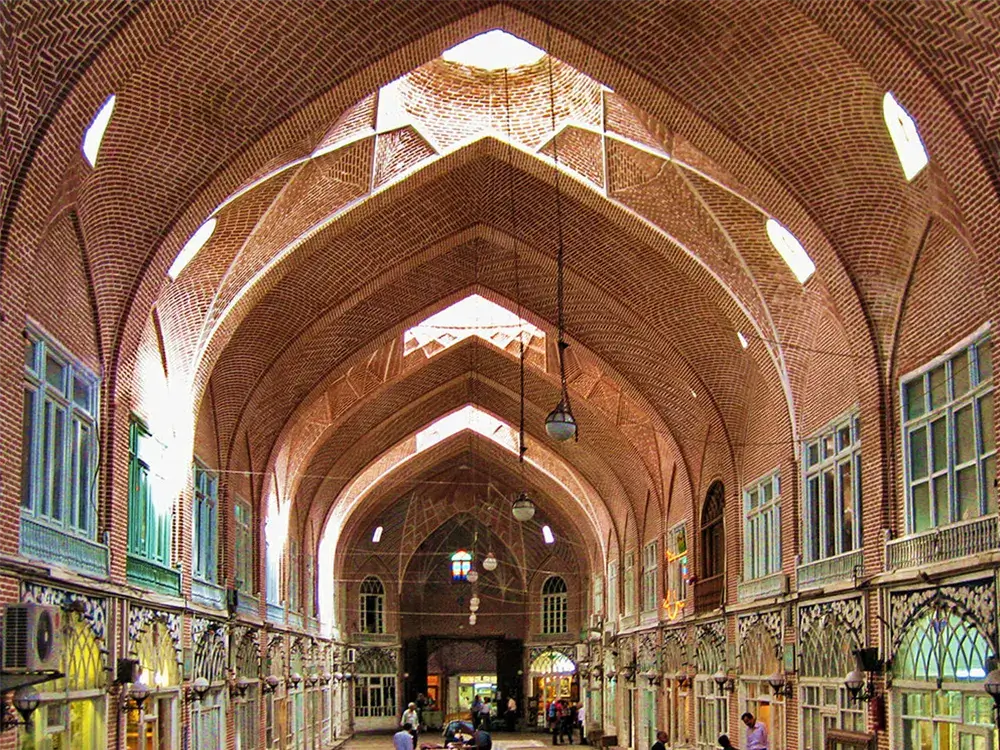
Major Entrances and Exits
Primary Access:
The main entrance at Sabze Meydan is the gateway to the bazaar’s wonders. It leads directly into the heart of the market.
Other Entrances:
Several other access points, like the Khayyam entrance and Panzdah-e-Khordad, provide alternative routes into the bazaar. These entrances are strategically located and are easily accessible from prominent city areas.
Knowing these entrances and exits helps efficiently explore the bazaar and its old yet vibrant pathways.
Highlights and Landmarks
Notable Spots:
Inside the bazaar, landmarks like the Imam Mosque and the intricate ceiling of Timcheh Akbarian stand out.
Orientation Points:
These landmarks are not just attractions but also serve as orientation points within the bazaar’s map, helping visitors navigate the maze of shops and alleys.
Each landmark in the Grand Bazaar Tehran is a story waiting to be discovered, adding to the allure of this historic trading center.
Key landmarks within Grand Bazaar Tehran and their locations.
Spot | Location | Feature |
|---|---|---|
Main Dome | Central Bazaar | Intricate tilework |
Old Courtyards | Various | Traditional architecture |
Lantern Alley | West Wing | Vibrant lantern displays |
Photography Tips
To capture the best of the Grand Bazaar Tehran:
- Timing:
Early mornings or late afternoons are ideal for softer light and fewer crowds. - Equipment:
A good camera is essential, but even smartphone photography can yield impressive results with the proper techniques. - Perspective:
Experiment with angles and perspectives to capture the bazaar’s grand scale and intricate details. Look for unique vantage points to bring a fresh perspective to well-known sights.
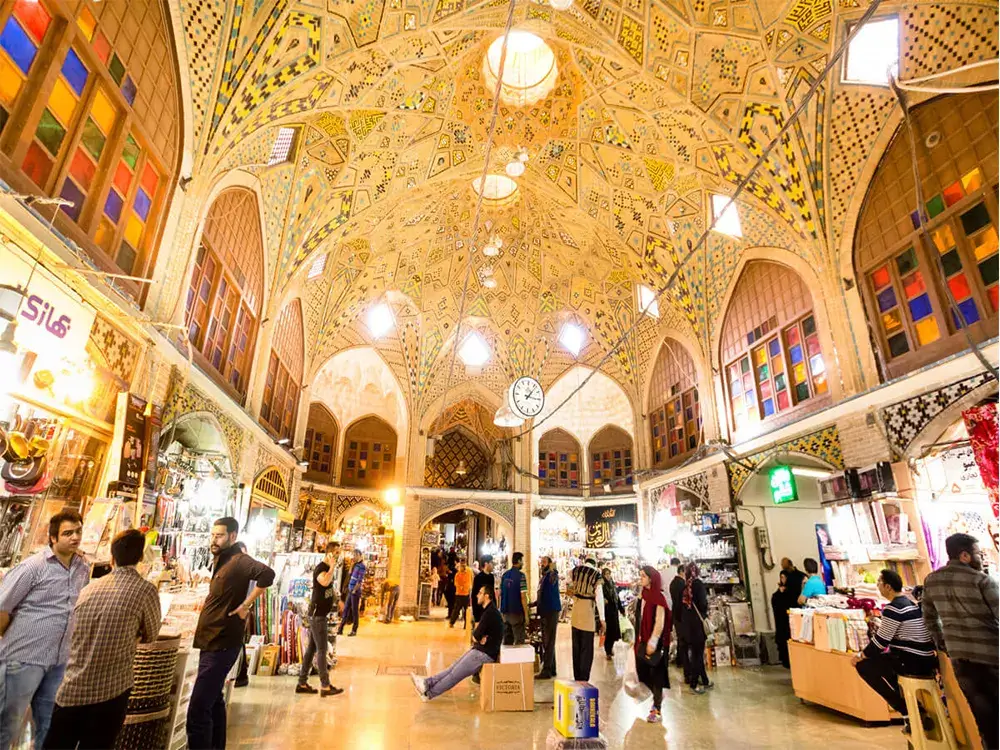
Grand Bazaar Iran
The Grand Bazaar Tehran, a pivotal market in Iranian commerce and culture, offers a unique blend of history and modernity. This bustling bazaar, deeply embedded in Iran’s cultural fabric, has witnessed centuries of evolution, making it more than just a shopping destination.
Historical Significance
The Grand Bazaar Tehran has been a cornerstone of Iranian history:
- Originally established during the Safavid era, it reflects Iran’s deep-rooted history of trade and commerce.
- It has witnessed significant historical events, serving as a backdrop for political and social movements in Iran.
This historical significance is a testament to the bazaar’s lasting impact on Iranian society and culture, making it an essential piece of architecture and history in Iran.
Can't Find Your Ideal Tour?
Explore Our Customized Tours for a Tailor-Made Experience!
Cultural Impact
The Grand Bazaar Tehran tour is not just a commercial hub but a cultural epicenter:
- It symbolizes Iranian traditions and values, weaving Iranian life’s social and economic threads.
- The bazaar has been a melting pot of cultures, where diverse communities converge, showcasing the rich tapestry of Iranian society.
- It’s labyrinthine alleys and vibrant shops represent the dynamic cultural architecture of Iran, reflecting the country’s artistic and entrepreneurial spirit.
Tehran Wholesale Market
Within the sprawling confines of the Grand Bazaar, Tehran, lies a thriving wholesale market offering bulk buying options and specialized sections.
Bulk Buying Options
The bazaar provides ample opportunities for wholesale purchases:
- It caters to both local businesses and international buyers, offering a wide range of products at competitive prices.
- Visitors can explore bulk buying options for traditional and modern goods, benefiting from the bazaar’s extensive network of suppliers and craftsmen.
- The wholesale market is mainly known for its quality Persian carpets, textiles, and spices, offering genuine products directly from the source.
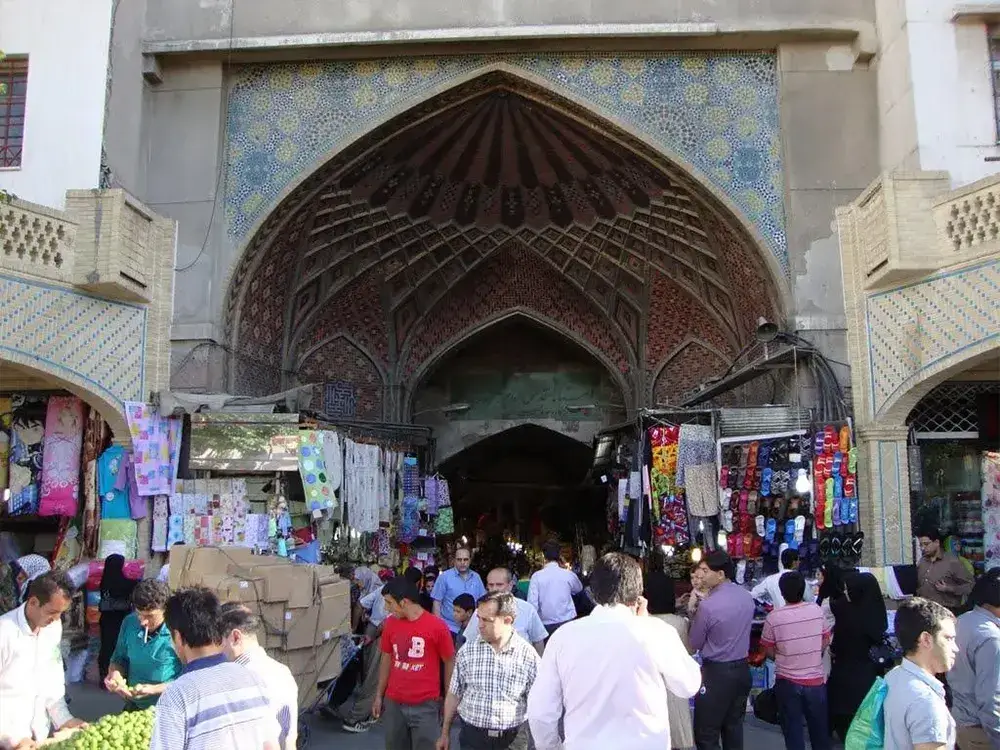
Conclusion
Finally, as we have learned in this article, the Grand Bazaar Tehran is more than just a shopping destination. This place has many features and serves every type of your need. On the other hand, Bazaar is a historical place, and it’s like you are shopping in a museum. You can find everything there, from traditional crafts to modern products; the bazaar is a microcosm of Iranian culture and commerce.
The intricate architecture, the busy lanes filled with the aroma of spices, and the dazzling array of textiles and jewelry embody the spirit of Iran. As we’ve navigated the bazaar’s map, we’ve discovered its many facets, each offering a unique glimpse into the heart of Tehran.
For those looking to immerse themselves further in the wonders of Iranian markets and their cultural significance, MabnaTrip offers more insightful guides and stories. Join us at MabnaTrip to continue exploring Iran’s rich and diverse landscapes.




